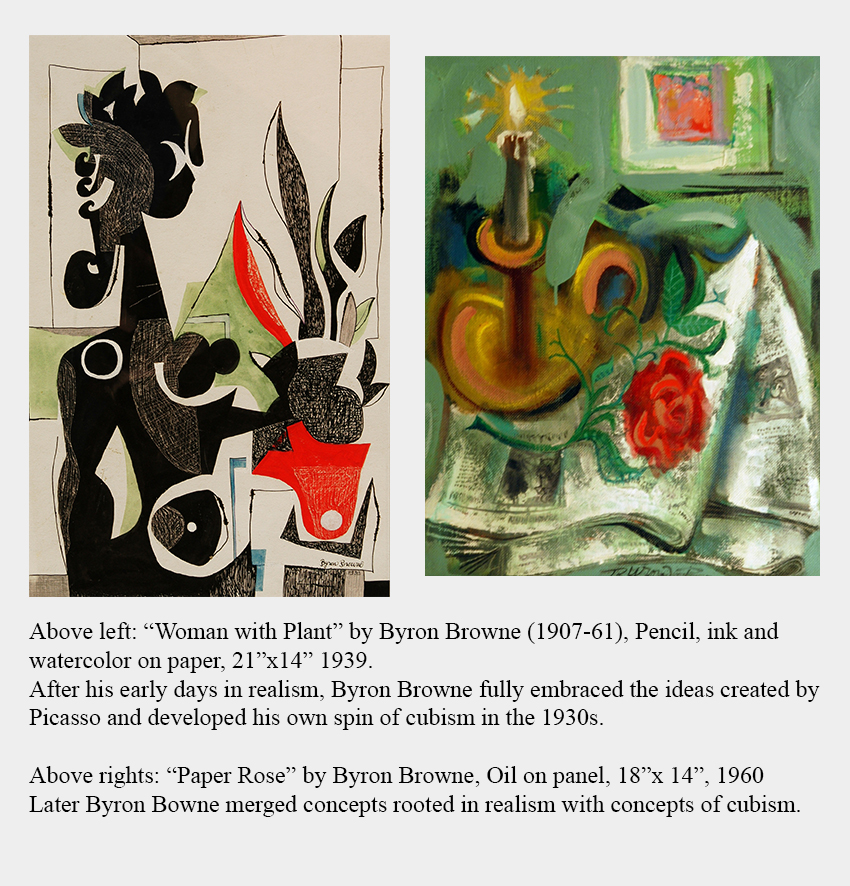|
I Can Do That!
Dear Artsperts:
Sometimes I see a painting and can't help but think, "I can do that." What makes some artists’ works so highly regarded and valuable when the work seems so easy to create?
Copycat
Dear Copycat,
There is a difference in creating a concept and copying a concept. You may be able to copy something already created, but the challenge is being the first to create a concept or to create a new spin on an existing concept. There are no skipping steps in this process. To create new concepts, artists must understand and have mastered the fundamentals of art. It’s about understanding how to manipulate the fundamentals of art to create something new or different. The result can be a deceptively simple creation.
Pablo Picasso famously said, "It took me four years to paint like Raphael, but a lifetime to paint like a child.*" Picasso created an entirely new style of art in cubism and influenced hundreds of thousands of artists. Without question he understood the fundamentals of art rooted in realism. He understood perspective and color theory. His brilliance was in discovering which details to manipulate and subtract in a way that creates intrigue for the viewer. There was great risk in taking such a clear departure in art. One that was hugely successful though. In saying he wanted to learn to paint like a child, he meant he wanted to break away from the constraints of realism in his work. There is a definite place and appreciation for realism in art, but that isn’t what Picasso wanted for his work.
A person could think they can paint a Picasso, but to be respected the work must go beyond a mere copy. When we say an artist is influenced by another artist, we can see the resemblance in the technique, but the work is given a new and interesting twist using unique ideas and techniques. The American master, Byron Browne was heavily influenced by Pablo Picasso. The New York Times in 1977 described Byron Browne’s work as cubist-minded but given a "peculiarly American flavor to the Picasso idiom."
During an era when Paris was the center of the art world, Browne set to prove he was just as good as the European artists. He co-founded the American Abstract Artists in 1935 in part to protest the museums which did not collect American Art. It worked and he gained increasing recognition. Like Picasso, Browne also started in realism and was an award-winning realist painter, but he destroyed all his early works to focus on abstract art. Later in his career, Browne merged the two genres in what has been dubbed his romantic period.
Sincerely,
The Artsperts
|


